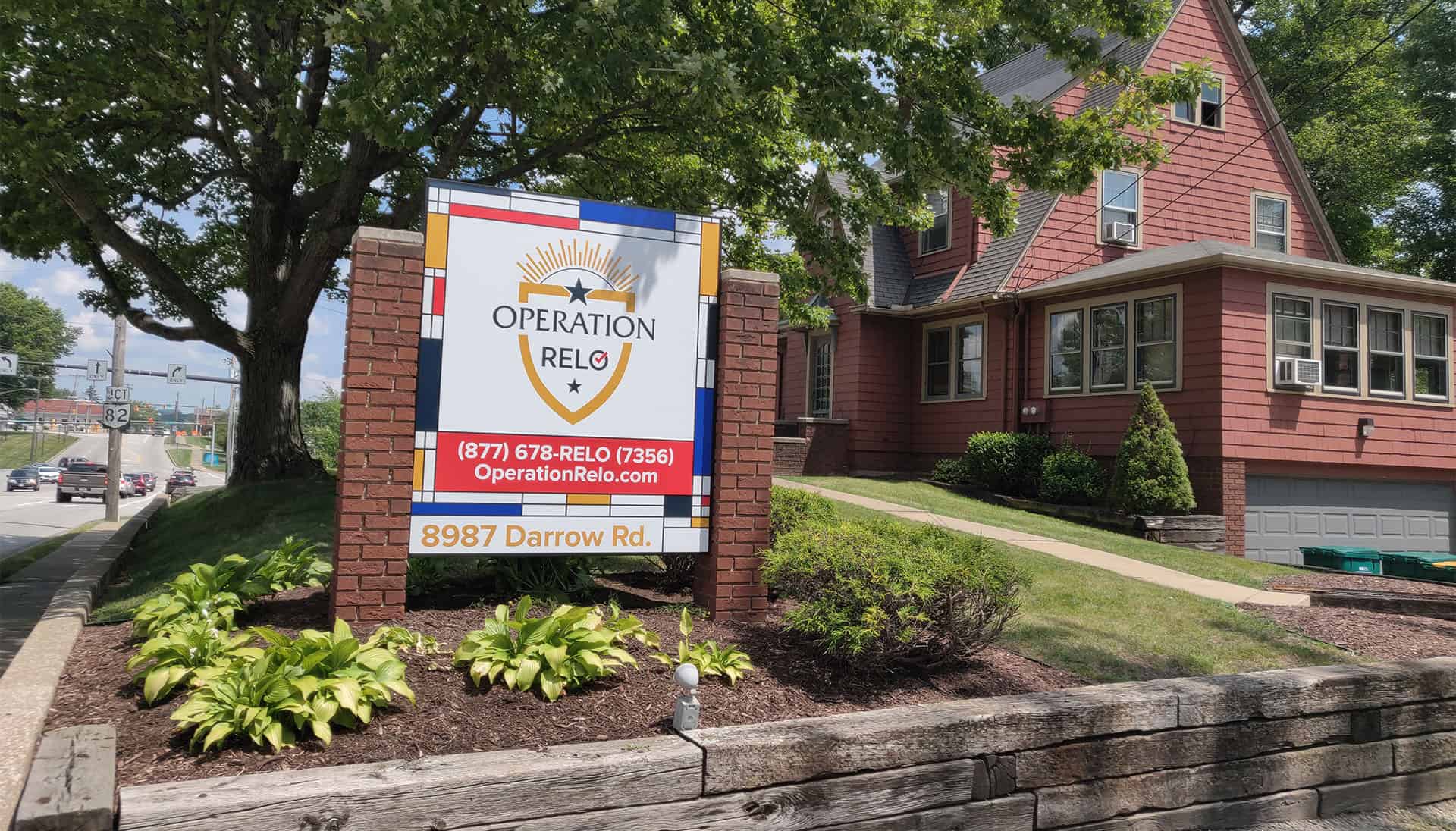Who We Help

Assisted Living

The first step is determining which living arrangement best meets the needs of the elder. The options range from moving to a ranch or condominium; sharing a room in one of the family’s homes; independent living; assisted living; nursing homes; or hospice.1 The ultimate plan may involve a number of these options changing over time.
Once that plan is selected, there are still a number of big hurdles to be overcome.
· Possessions. The average elder has large piles of possessions acquired over a lifetime. They may have even developed hoarding habits. Very often they themselves had received possessions from their parents, so it’s not uncommon for them to have, say four sets of china that the children don’t want. It’s a big headache to think through how the family will sort through which family member should get what, how much they can get from liquidating the more valuable possessions, how much should stay with the elder in their new living environment, and what happens to the rest of it.
· Selling the house. For most families, the house is the greatest store of wealth that they will draw upon in their senior years. Very often the house has dated decorating (e.g. wallpaper, linoleum, etc.), code violations, and is in need of repair. Homes in poor condition can sell at a 30% to 70% discount compared to similar homes in excellent condition.
· Family. The children of the seniors have their own life issues they’re dealing with and often are not in a position to actively manage the transition the senior needs. They have family considerations of their own as well as challenging jobs. They often are not in a position to drop everything to manage a complicated transition. Many families split apart under this stress, and it’s especially true when several of the siblings live far away.
Operation Relo will help the family overcome those final obstacles that prevent the elder from moving into your facility.
Operation Relo is another voice, working in harmony with your own, that helps your prospects overcome the obstacles that are stopping the elder from moving to your facility where they will enjoy a safer, more socially supportive lifestyle. We also directly address the hurdles of properly handling the possessions, selling the house for top dollar, and working through family issues.
1 Discussion of Living Arrangements for Elders
The aging baby boomers need to find safe, comfortable places to live. The days of the institutional “nursing home” are giving way to vibrant communities offering seniors and their families domicile options that address the social and physical needs of the senior. Beautiful facilities are being erected everywhere at a rapid pace. Options include:
Retirement Community: a cluster of condominiums, ranches, or apartments with amenities – like shopping, grocery, entertainment, restaurants -- within easy reach. Residents of these communities usually have cars. The units are spacious, often with two or three bedrooms, but are smaller than the family home where the children were raised.
Independent Living (IL) units are usually apartments or condominiums ranging between one and three bedrooms. Accommodations for cars are usually available. IL units may be located on the same campus as Assisted Living facilities to provide easy access to assistance if needed. There is no medical supervision, but it is close by.
Assisted Living (AL) arrangements are most often in apartments ranging from a studio to two bedrooms. Meals, activities and care are provided, and the focus is often on making the common space so attractive that residents need not house themselves in large highly furnished living quarters. They offer various levels of medical supervision and planned activities. Nurses are on duty. Level 1 care is usually minimal, but close by if a senior has an accident – a fall, say. She will be found and medical help will be summoned. Level 4 is much more pervasive where the resident is actively supported, including being bathed and clothed. AL also has memory unit options.
Nursing homes are used by people who do not need to be in a hospital but still require vigilant oversight. The residents are under medical supervision and provided with a variety of therapy options. The residents don’t have cars. Frequently, nursing homes also house injured people in need of rehabilitation.
Hospice. This is an increasingly popular choice when seniors are nearing end of life. Hospice offers palliative care focused on optimizing the comfort of the elder and having a good death. People in hospice care have far fewer lifestyle restrictions than those in traditional nursing homes. To enter a hospice facility, an MD must certify that the elder has less than 6 months left of expected life; in practice, many families only enter hospice when there are days left, and that’s a shame. Research indicates many families have a much better end of life experience in hospice, and elders in hospice very often live longer than those being engaged in heroic medical procedures.
2 Atwal Gawande, Being Mortal, Metropolitan Books, Picador edition. New York. September 2017.


